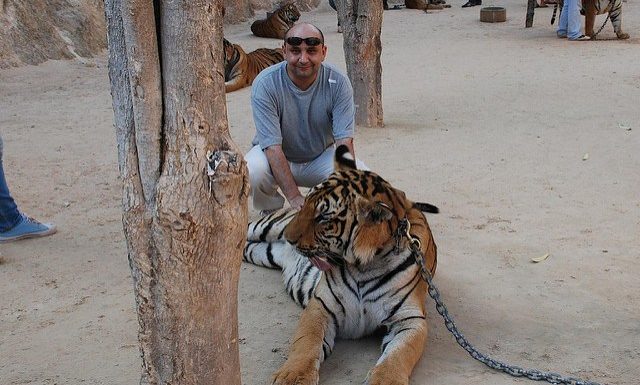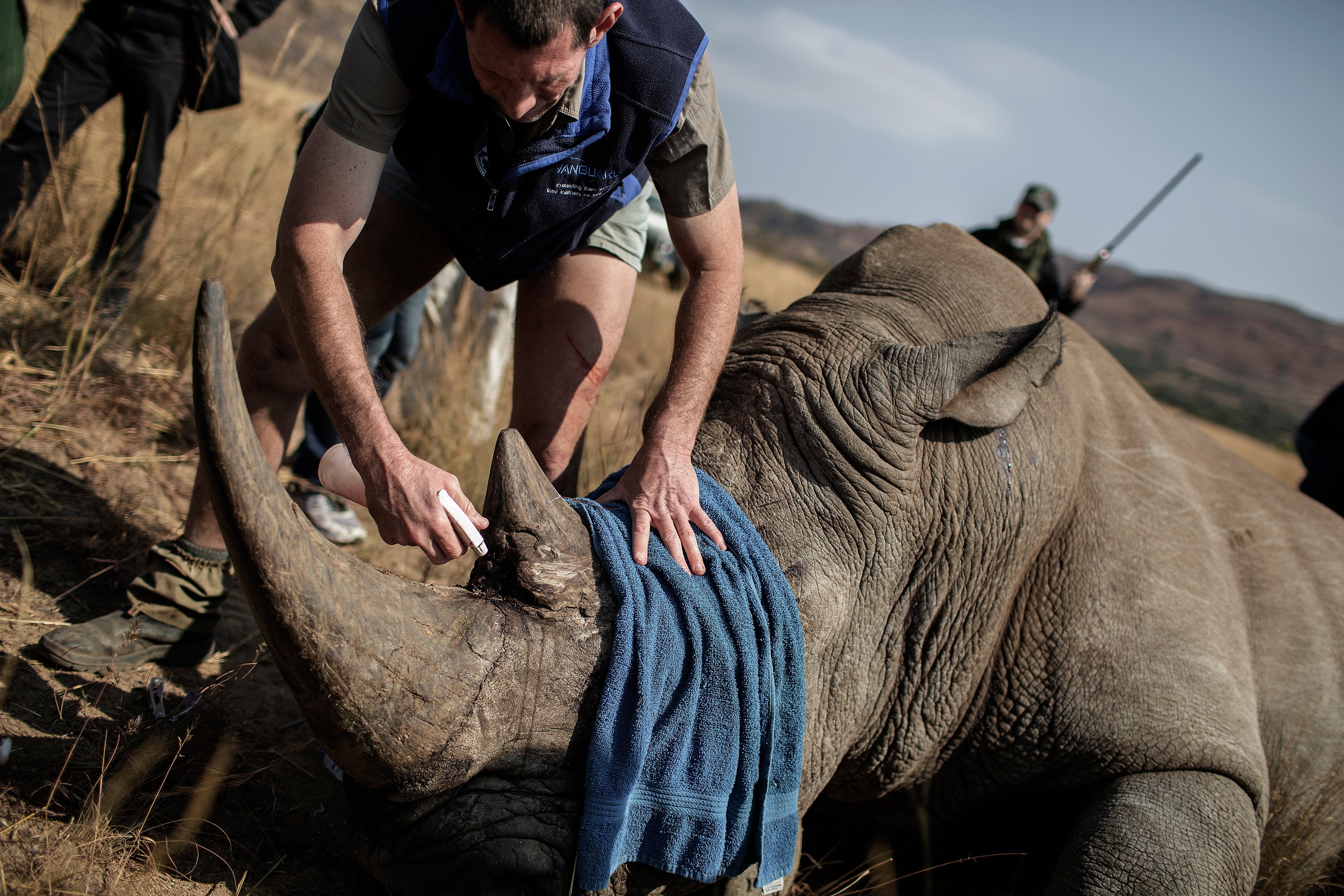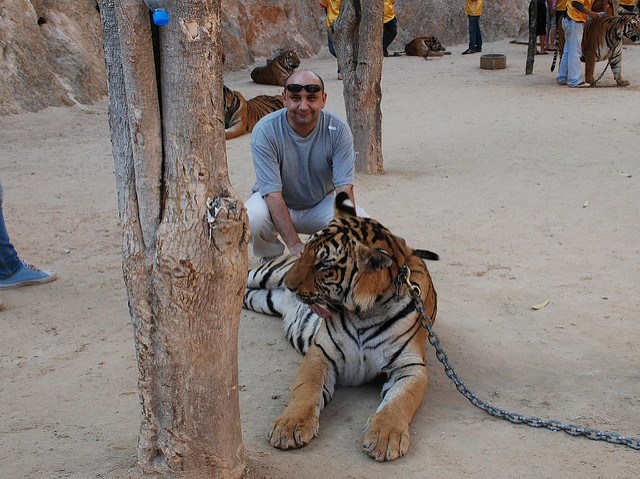

The campaign by World Animal Protection, which launches today in conjunction with World Animal Day, draws on research that found almost half of people pay for a wild animal experience because they love animals, but they remain unaware of the abuse that goes on behind the scenes.

Mike Baker, chief executive of World Animal Protection said: “What we need to do is alert people to the wildlife suffering in this industry. We don’t want that once in a lifetime experience to be a lifetime of misery for the animal.
Wildlife tourist attractions account for 20 to 40 percent of global tourism, which produces more than $1 trillion a year, according to a report from PLOS One, a peer-reviewed scientific journal.
But advocacy groups say many animals—especially endangered species–end up being exploited to entertain their guests.
“Well-meaning people are often duped by ‘wildlife’ attractions, unaware of the cruelty that animals endure in captivity,” says Ben Williamson, senior international media director at People for the Ethical Treatment of Animals . Williamson advises travelers to steer clear of any venue that lets you “ride, hug, or take a selfie with an elephant, tiger, dolphin, or other wild animal.”
The treatment of elephants, in particular, has disturbed the animal welfare community. A World Animal Protection report last year found that more than ¾ of nearly 3,000 elephants used for entertainment in Asia are kept in cruel conditions.
 The problem has become more visible in the digital age. Taking a selfie is often considered innocuous, but for many animals, it can cause stress and suffering, according to another World Animal Protection report. The animals are often beaten, taken away from their mothers and kept in dirty environments, the report said. There is also an illegal trade involving poachers going into the wilderness to capture exotic or endangered animals.
The problem has become more visible in the digital age. Taking a selfie is often considered innocuous, but for many animals, it can cause stress and suffering, according to another World Animal Protection report. The animals are often beaten, taken away from their mothers and kept in dirty environments, the report said. There is also an illegal trade involving poachers going into the wilderness to capture exotic or endangered animals.
That’s not to say that all wildlife tourism outside of wild lands is bad. There are plenty of wildlife sanctuaries around the world that let animals live as naturally as possible without physically encountering visitors.
While not all zoos and aquariums are accredited, those in the USA and across the world that earn it have to undergo rigorous standards. In the USA, the Association of Zoos and Aquariums requires the facilities to participate in conservation and research activities. The American Humane Association also sends independent audit teams into zoos and aquariums.

